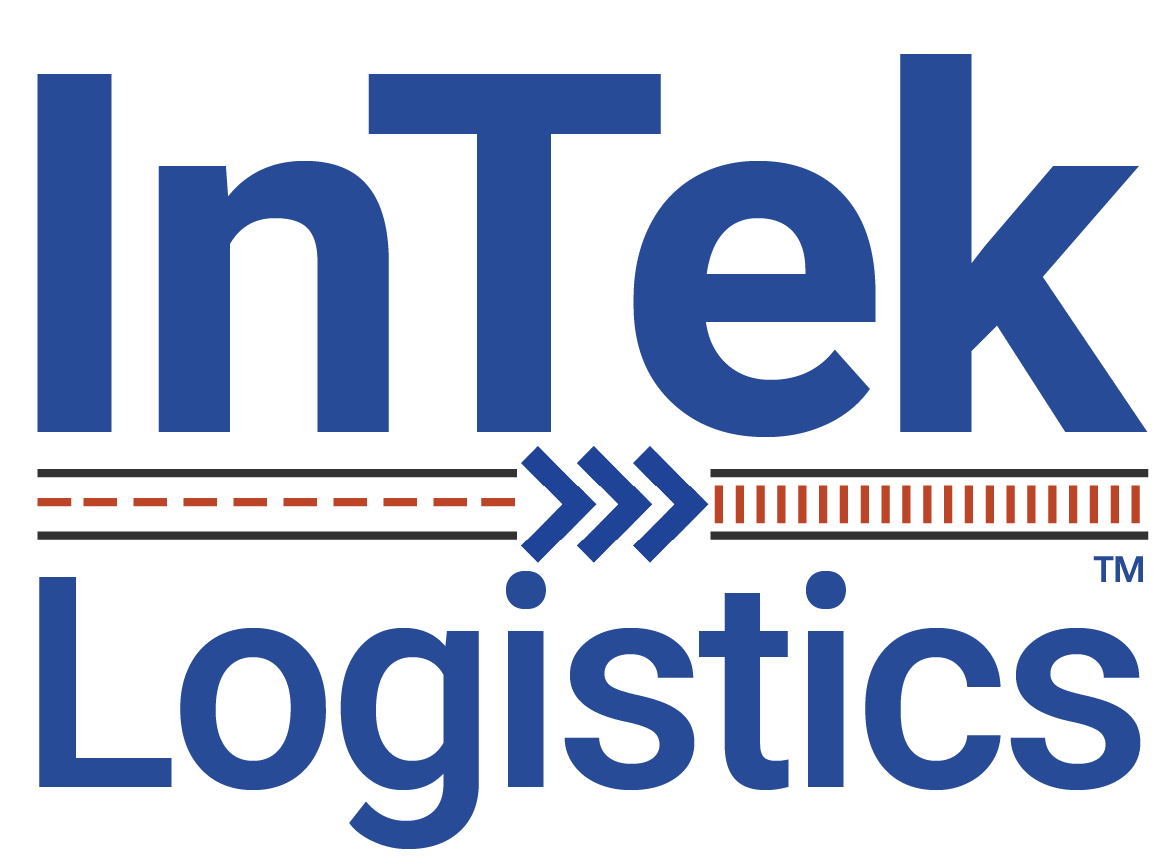
The freight recession that reshaped truckload & boosted intermodal
Since mid-2022, the freight industry has been mired in a prolonged downturn — one that has dragged down rates, squeezed margins, and fundamentally changed the truckload market. Now into its fourth year, this freight recession is forcing shippers to look beyond the traditional levers of cost reduction.
With truckload rates stuck near unsustainable lows, the next logical move for many is clear: shift to intermodal. The reasons start with what’s unfolded since July 2022 and continue with truckload costs likely hitting their bottom. And it's not all about negatives of truckload, but also the positives of intermodal - and how it offers the last great opportunity to cut freight spend without compromising service.
Understanding the freight recession: July 2022 to today
The current freight recession began in earnest in July 2022, as the post-pandemic surge in consumer demand gave way to normalization. Inventory levels climbed, consumer spending shifted from goods to services, and the overheated trucking market rapidly cooled. By mid-2023, the downturn had deepened:
- Truckload spot rates fell below operating cost for many small carriers
- Volumes weakened, especially in discretionary retail and consumer durables
- Diesel prices remained elevated, compounding margin pressure
- Insurance, labor, and maintenance costs continued to rise
As a result, the industry entered a painful correction cycle which was similar to what followed the 2018–2019 tariff-fueled boom.
What the freight recession has done to truckload
1. Bankruptcies and carrier exits
The number of small fleets and owner-operators exiting the market accelerated through 2023 and into 2024. According to FTR and ACT Research, thousands of small carriers shuttered operations, unable to survive below-cost rates and soaring expenses.
2. Persistent overcapacity
Despite these exits, capacity remained elevated due to:
- Carriers holding onto trucks longer to defer capital expense
- Fleets diverting assets into dedicated or contract freight
- New entrants in 2020-2021 who continued operating at a loss
This dynamic has kept spot and contract rates depressed, frustrating carriers and delaying the recovery.
3. Rising operating costs
Even as rates fell, carrier costs continued to rise:
- Diesel prices spiked in mid-2022 and remained volatile
- Driver wages and benefits climbed amid a tight labor pool
- Equipment costs (tractors and trailers) reached historic highs
- Insurance premiums rose sharply with increased litigation risk
As a result, the cost to operate a trucking company today is 15–25% higher than pre-pandemic levels, according to industry estimates.
Truckload pricing: Tapped out
While many shippers have successfully negotiated lower contract rates over the last 18–24 months, those days are largely behind us. The truckload market has little pricing juice left to squeeze. Why?
- Carrier attrition is starting to rebalance supply and demand
- Cost inflation limits how far carriers can discount
- Fuel surcharge structures have already been optimized
In short, future savings from truckload are minimal and pushing for more can backfire, leading to service issues, tender rejections, or carrier defections.
The last place to cut freight spend: Intermodal
Intermodal shipping, freight transportation that combines rail for long haul and short-distance trucks known as drayage, offers a compelling alternative at this stage of the cycle.
Why intermodal still has pricing power
Unlike trucking, intermodal still has pricing power, because:
- Rail costs remain stable, and railroads have excess capacity
- Drayage networks are more balanced post-pandemic
- Intermodal spot rates are competitive with truckload, especially for 700-plus mile lanes
- Shippers that haven't used intermodal before are often sitting on 20-30% savings potential
For many freight buyers, the opportunity is not about wringing more from truckload, but about making the modal shift.
Why now is the ideal time for truckload conversion
Shippers who act now in converting some or all truckload freight to intermodal can lock in:
- Favorable intermodal rates before demand rebounds
- Capacity access with top IMCs and rail providers
- Sustainability gains
Waiting for truckload rates to fall further may yield diminishing returns. But switching to intermodal in 2025? That’s a move that could reset your transportation cost baseline.
What shippers fit intermodal best today
While there really are virtually no limits, those shippers who are the best fit for intermodal in today's freight market:
- Move freight 700-plus miles between major markets
- Have predictable weekly volumes
- Can tolerate an extra day of transit time
- Need to diversify away from an overworked truckload network
If this sounds like your freight profile, intermodal may be the last strategic lever to reduce cost without hurting service. And even if these characteristics don't match you exactly, at InTek, we specialize in creative solutions that make intermodal work well for many scenarios.
How to take advantage of the intermodal window
As the freight market eventually rebalances, capacity will tighten and intermodal rates will rise. The window to capitalize on intermodal as a cost-cutting solution is open, but it won’t stay open forever. Make the shift now while the economics, service, and timing all align.
Need a freight partner that treats your business like it matters? We’d love to talk.
Intermodal is our specialty at InTek, and we've helped shippers like you convert some - or all - truckload shipments seamlessly, within days or even hours. Find out more by requesting a quote today, and we'll discuss how we can help you achieve your freight (and freight spend) goals, one load at a time. For more information about InTek Intermodal, or the logistics and supply chain space in general, check out our Freight Guides.
Get Updates
Featured Articles
Categories
- Freight & Shipping Costs (65)
- Freight Broker (69)
- Freight Forwarder (3)
- Intermodal Transportation (217)
- International & Cross Border Logistics (44)
- IPI (1)
- Logistics & Supply Chain (489)
- Logistics Service Provider (83)
- LTL (39)
- Managed TMS (50)
- News (55)
- Supply Chain Sustainability (12)
- Transloading (1)
- Transportation Management System (38)
- Truckload (125)
- Warehousing & Distribution (60)




